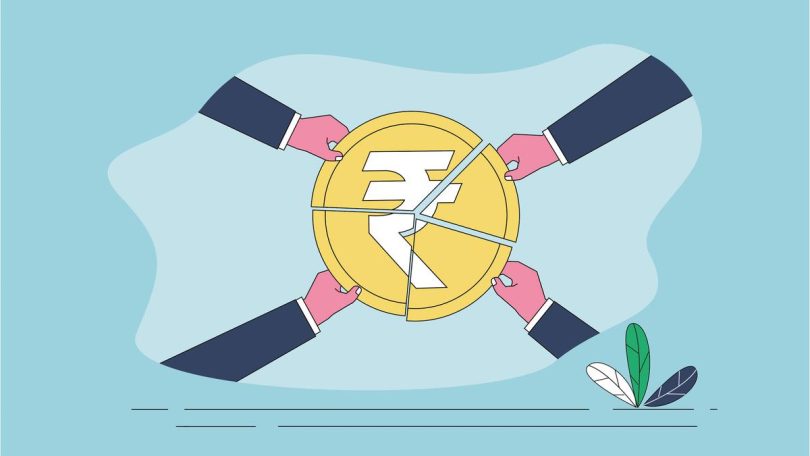[ad_1]

Picture for representational purpose
| Photo Credit: Istock
For every one rupee that Tamil Nadu gives the Centre, it gets back 29 paise. On the other hand, Uttar Pradesh gets ₹2.73, and Bihar gets back ₹7.06, as shown in Chart 1.
Chart appears incomplete? Click to remove AMP mode
The Centre’s tax collections are pooled-in from States and a part of it is distributed among them, based on the Finance Commission’s (FC) formula. The Fifteenth Finance Commission’s (XVFC) formula is skewed in favour of some States, resulting in wide inter-State variations. As population is given a higher weightage, it tilts the balance in favour of some northern States. This has been a bone of contention between the Centre and the affected States.
Tamil Nadu’s Finance Minister P.T.R. Palanivel Thiagarajan, in a discussion with Congress leader Shashi Tharoor, said, “The notion to allocate funds based on the population, it rewards those who have not been able to achieve population control.”
The Centre, on the other hand, has been defensive. In an event in Chennai, Union Finance Minister Nirmala Sitharaman said, “If every State thinks I am giving so much, I should get so much, it’s just not going to work out… Will a country prosper if it constantly draws this artificial line?”
The XVFC had arrived at the States’ share in the divisible pool of taxes based on each State’s needs (population, area and forest and ecology), equity (per capita income difference) and performance (own tax revenue and lower fertility rate). The weight assigned to needs was 40%, equity 45%, and 15% for performance. This formula meant that Uttar Pradesh and Bihar got 17.9% and 10%, respectively in the XVFC. Karnataka, Kerala and Tamil Nadu got 3.65%, 1.93% and 4.08%, respectively. Chart 2 shows that in successive FCs, the share of southern States has seen a consistent decline.
Notably, the XVFC introduced the fertility rate in the formula to reward States which had reduced the fertility levels. While this does favour the developed States which have pushed their TFR below replacement rate as shown in chart 3, the weightage given to the component is relatively lower than equity and need.
M. Govinda Rao, a member of the 14th Finance Commission, defended the formula. “The objective is not to return the money you get from a State. Transfers enable a State to provide comparable levels of services. The basic rationale is horizontal equity. Taxes accrued to Tamil Nadu are not necessarily from the State. Yes, per capita income levels increased substantially in Karnataka, Kerala and Tamil Nadu. Now, the increase need not necessarily have to do only with the States’ efforts.”
A senior economist from Tamil Nadu differed. “The southern States have grown faster, and contribute larger revenue to the central kitty. We don’t say that if U.P. gets one rupee for every 10 paise it contributes, Tamil Nadu should also get the same. We are not against equity but that should not adversely impact our efficiency. So, if developing States are not incentivised to generate more tax revenue, how will the Centre then redistribute it?”
Moreover, in the discussion with Mr. Tharoor, Mr. Thiagarajan argues that he is “concerned about what happens to all the money that goes to poorer States. Why is it not leading to development? It’s not the money that we begrudge, it’s the lack of progress, it’s like throwing money down the well.”
Chart 4 (State-wise Human Development Index) and chart 5 (State-wise per capita NSDP) depicts this trend where States which get more money from the Centre show sedate growth, and the progress of those who get less is relatively much superior.
Source: Lok Sabha, Ministry of Finance, Reserve Bank of India, National Family Health Survey, Budget documents and Global Data Lab
nihalani.j@thehindu.co.in
Also read: Data | How States’ share in Centre’s taxes declined due to cesses, explained in 5 charts
[ad_2]
Source link








